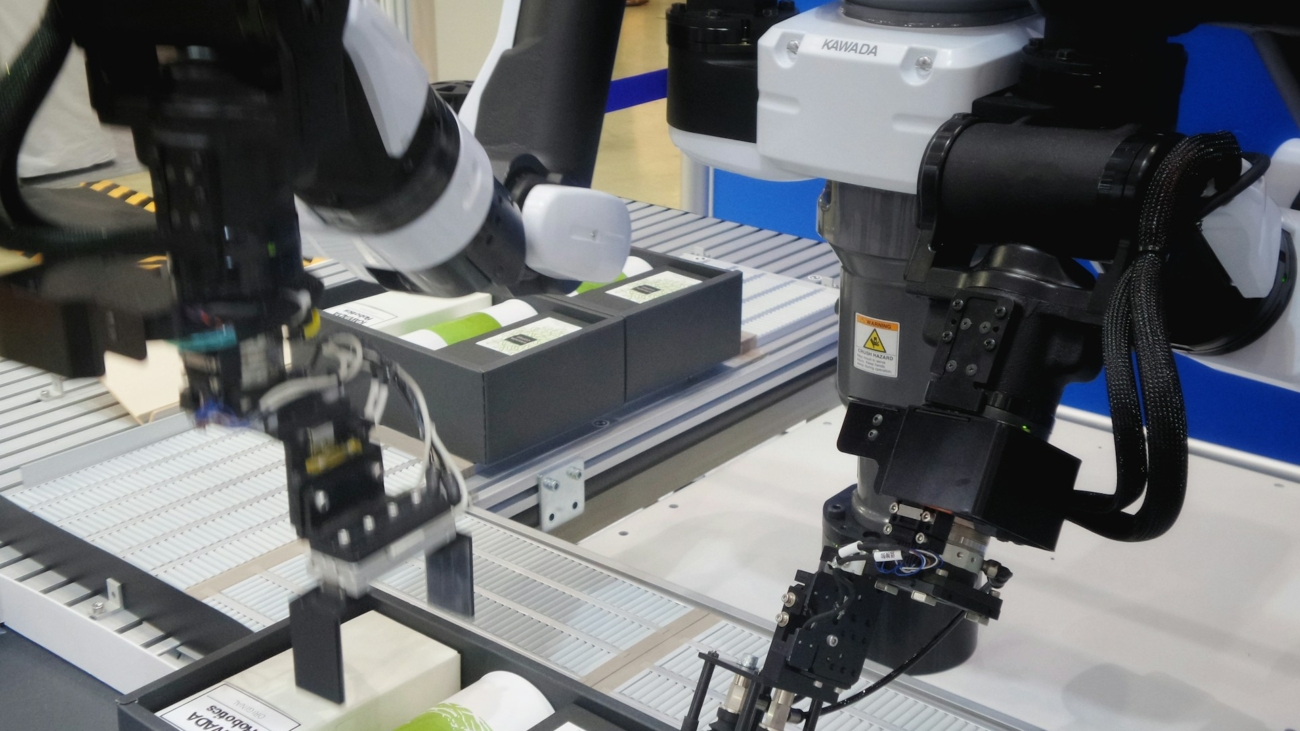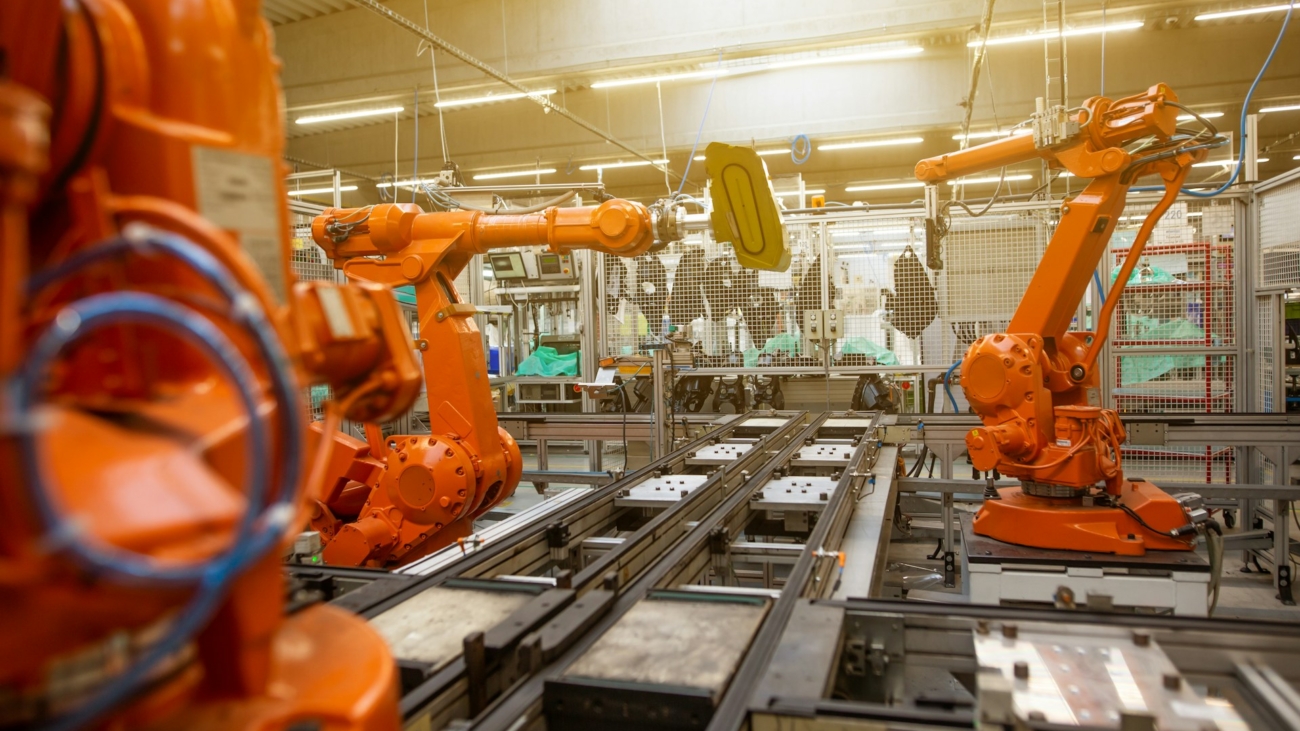Ever since the emergence of Industry 4.0, the rise of automation sparked fear in many workers from different industries. People worried that robots and machines would replace their roles, leaving them without jobs or direction. But as automation becomes more common, a surprising truth is emerging: instead of taking jobs away, automation is helping workers find new meaning and motivation in what they do.
By handling repetitive, physical, or low-value tasks, automation allows people to focus on work that requires human creativity, decision-making, and collaboration. For instance, tasks like data entry, machine loading, manual inspections, or routine administrative work, that were once a major part of many jobs, can now be done faster and more accurately by machines.
Automation Without Risk: How to Keep Workers Safe Around Robots
As robots become a normal part of factories, warehouses, and even offices, ensuring safety is critical, not just for people, but for the machines and the business. If not managed properly, robotic systems can cause accidents, downtime, or even damage to products. But with the right steps, we can create environments where humans and robots work together smoothly and safely.
From Microsoft to Tech Hub: Malaysia’s Bold Leap into Automation and AI
Malaysia is rapidly positioning itself as a regional leader in automation and artificial intelligence (AI), with a series of ambitious initiatives designed to transform its digital economy, boost productivity, and create future-ready jobs. With strong support from global tech giants like Microsoft and a new partnership with Singapore, the country is preparing for a smarter and more automated future.
Smart Factories Explained: The Tech Behind Industry 4
In today’s fast-changing world, the way factories operate is going through a major transformation. This shift is part of what’s called Industry 4.0—a new era of manufacturing powered by smart technology. At the heart of this revolution are smart factories, which are more efficient, connected, and intelligent than traditional factories.
What Makes a Factory “Smart”?
A smart factory uses digital technologies to automate and optimise its processes. It combines machines, people, and data to work together in real-time. These factories can “think” and “learn” by collecting and analysing data, allowing them to make decisions on their own or alert humans when something needs attention.
From Burnout to Breakthrough: Why Automation is the Key to Safer Workplaces
In industries where long work hours are common—such as manufacturing, logistics, and transportation—operator fatigue has become a significant concern. Extended shifts and repetitive tasks contribute to mental and physical exhaustion, increasing the likelihood of human error. These errors can lead to reduced productivity, equipment damage, or, worse, serious accidents.
Automation Makes Us Faster, But Maintenance Keeps Us Going
We live in a world where machines build our cars, pack our groceries, and sort our packages at lightning speed. Automation is no longer the future—it’s the present. But there’s one critical piece that often gets overlooked: maintenance. Machine maintenance is not just fixing things when they break. It’s about preventing failure before it happens. It’s about protecting the massive investments we’ve made in automation and ensuring the precision and performance we count on every day.
Pick-and-Place Robots: How Are They Benefiting Malaysian Automation?
The Malaysian automation sector undergoes major changes because more pick-and-place robots get integrated into operations. Multiple industries including electronics manufacturing and food processing are witnessing changes due to these adaptable machines. The capability of these systems to execute repetitive tasks quickly and precisely shows great value in boosting productivity and lowering operational expenses.
AI vs. Automation: A Deep Dive
Although automation and artificial intelligence (AI) are sometimes used interchangeably, they are two different ideas with different uses and applications. Understanding the quickly changing technology world requires an understanding of their peculiarities.
AI Vision: The Next Frontier in Innovation
Computer vision enables AI-powered machines to independently learn and perform a variety of tasks. These machines rely on a combination of cameras, algorithms, and data to accomplish this. For computer vision to function effectively, it needs a large database, as these systems continuously analyse information to derive all the necessary insights for their specific purposes.
Automation isn’t taking jobs, they are transforming them
The topic that spirals around the rise of automation often sparks fear and anxiety among people. Major headlines covered by many media outlets scream about robots taking our jobs, leaving us unemployed while awaiting a future dominated by machines… But is this the reality of it?










